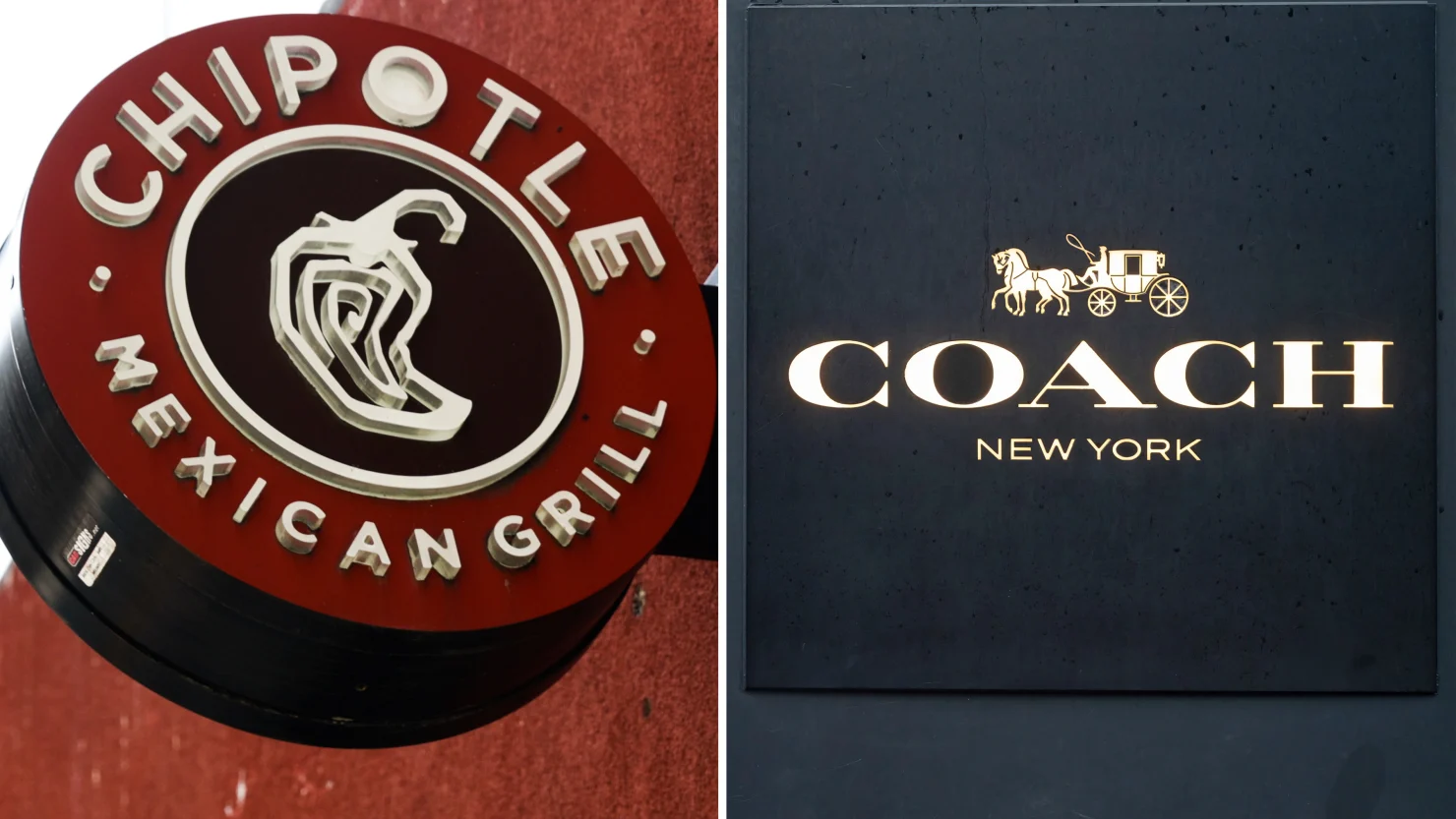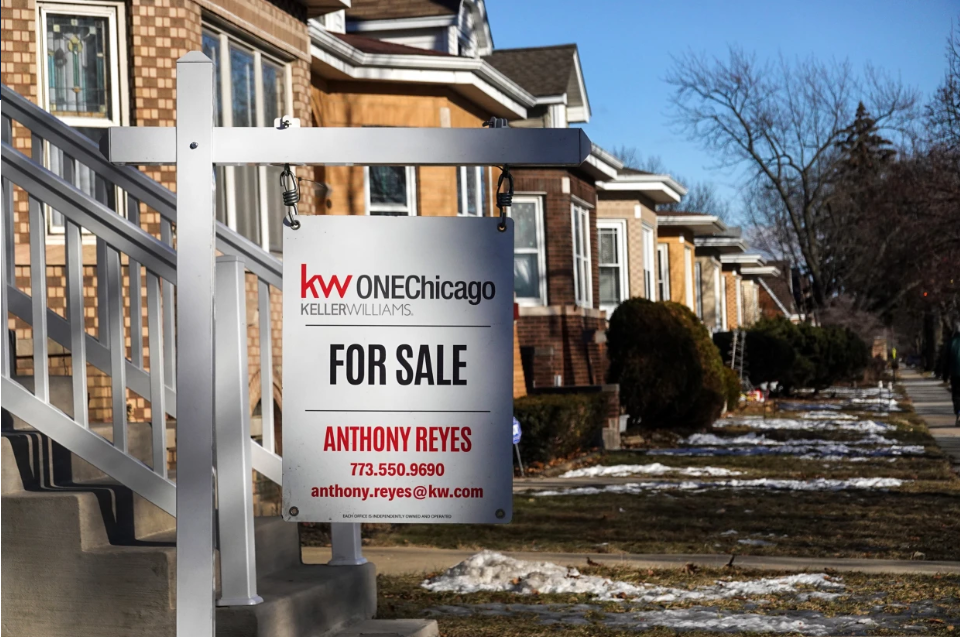US retail sales declined significantly in May, marking the steepest drop in over a year, as consumers pulled back after a spring surge in purchases spurred by tariff concerns.
According to data released Tuesday by the Commerce Department, retail sales fell 0.9% last month from April, a sharper decline than the 0.7% drop anticipated by economists.
The figures, which are seasonally adjusted but not inflation-adjusted, reflect a cooling in consumer activity that analysts attribute in part to earlier stockpiling of goods, particularly automobiles, ahead of tariff increases proposed by former President Donald Trump. That surge in spending during March appears to have created a subsequent lull, with May’s decline the largest monthly drop since January 2023.
Vehicle sales, a major component of the report, saw a 3.5% decline, the most since mid-2024. When excluding auto purchases, retail sales were down a more modest 0.3%.
“Americans bought cars in March ahead of tariffs and stayed away from car dealerships in May,” said Heather Long, chief economist at Navy Federal Credit Union. “Families are wary of higher prices and are being a lot more selective with where they spend their money.”
Sales also fell in several other categories. Gasoline station receipts declined by 2%, reflecting lower energy prices, while home improvement and garden store sales dropped 2.7%. Spending at bars and restaurants fell 0.9%, the first such decline since February and the sharpest since early 2023.
Not all sectors were down. Online retailers saw a 0.9% increase in sales, furniture stores posted a 1.2% gain, and miscellaneous retail sales jumped 2.9%, highlighting continued strength in select consumer categories.
Despite this month’s pullback, retail sales were still up 3.3% year-over-year. However, the slowdown has raised concerns among economists about the broader economic outlook.
“This is not an economic report that exudes confidence in the future,” said Chris Rupkey, chief economist at Fwdbonds. “Consumers are nervous about what lies ahead and are choosing to save overall rather than spend.”
Broader Economic Implications
Consumer spending accounts for roughly 70% of US economic activity, making it a critical indicator of overall health. While the labor market remains relatively strong—with unemployment at 4.2% and continued job gains—any sustained drop in consumer confidence or spending could signal further economic deceleration.
Gregory Daco, chief economist at Ernst & Young, noted that a continued decline in retail sales could ripple through the economy.
“A pullback in consumer spending tends to lead to a slowdown in GDP, hiring, and income growth,” he said.
The data also suggests that the initial optimism tied to spring economic forecasts may be fading. While consumer sentiment surveys in May pointed to slight improvement, the “hard data” now signals a shift toward caution, with potential implications for second-quarter growth projections.
The Federal Reserve Bank of Atlanta’s GDPNow model had forecast 3.8% growth for Q2 before the retail figures were released. Analysts will be watching closely to see if revised estimates follow in the coming days.










The latest news in your social feeds
Subscribe to our social media platforms to stay tuned